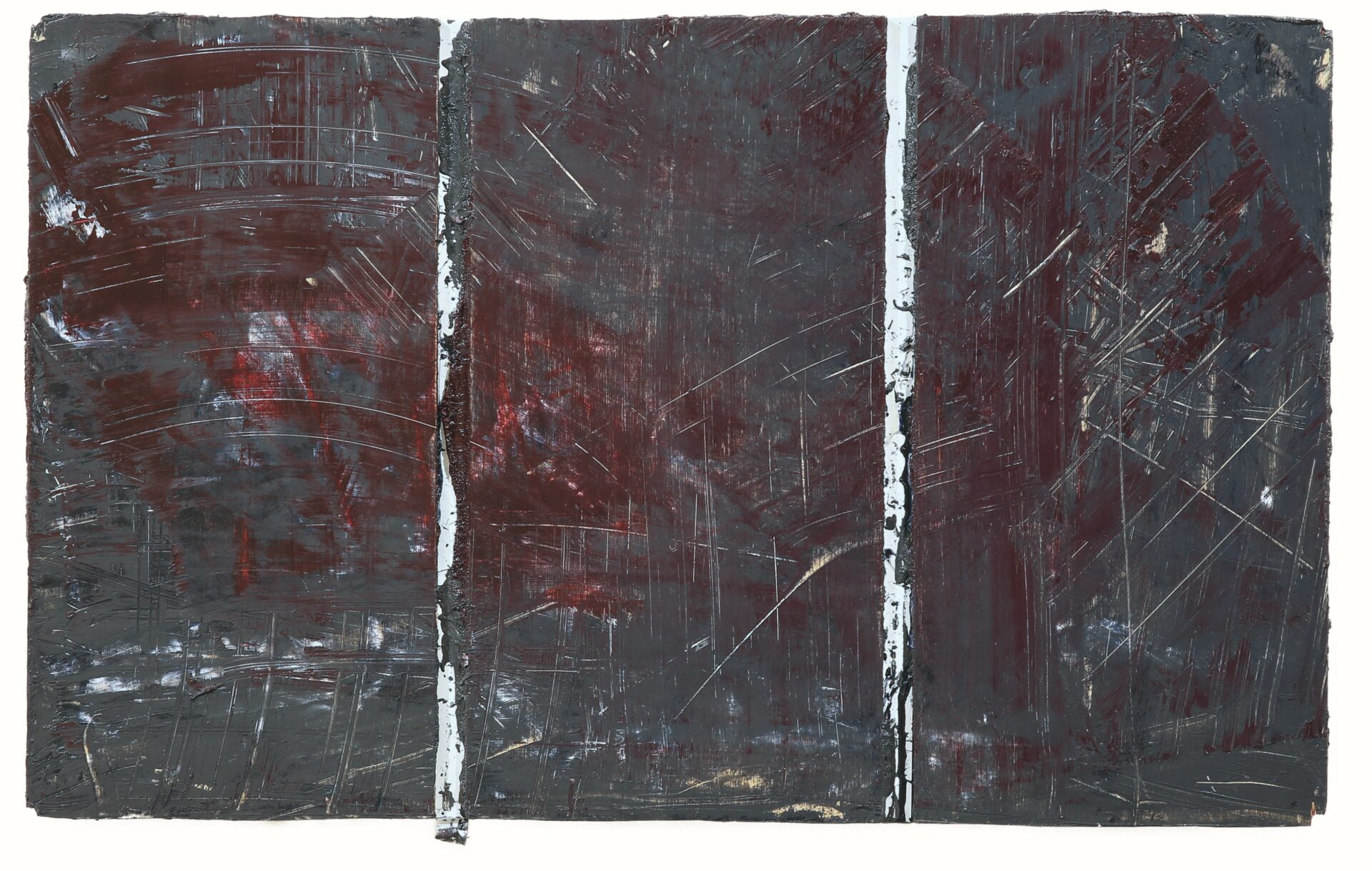We were lucky to catch up with Saun Santipreecha recently and have shared our conversation below.
Saun, looking forward to learning from your journey. You’ve got an amazing story and before we dive into that, let’s start with an important building block. Where do you get your work ethic from?
My work ethic is mainly driven by two things: a perpetual thirst to know and understand, and isolation. The former drives me to constant research, reading, working (the process of working with the materiality of each project itself is a form of thinking and understanding); the latter drives me because through the act of working, researching and thinking, one feels more connected to others, to the systems within which one exists and struggles, offering, while not necessarily solutions, at least a way forward, a mode of “going on”, to reference Beckett, a foundational writer/artist for me. These two are intertwined and have become the driving force behind my work.
Appreciate the insights and wisdom. Before we dig deeper and ask you about the skills that matter and more, maybe you can tell our readers about yourself?
I’m an interdisciplinary artist from Thailand currently based in here in LA. I see the core of my praxis as a constant weaving of webs—webs of ideas, subjects, materials, fields of studies—connecting and sculpting them within the materiality of each project whether it be a painting, a sound-sculptural work, or an essay. Currently I’m working and engaging with a notion I’ve termed ‘relational modularity’, as a mode of insistence and resistance against the concretized linearities that govern how we interact with each other and the world. To quote Adorno, the attempt here is to put “meaning on trial”, ‘meaning’ which is derived from a linear arrangement which ultimately—inevitably—illuminates and attenuates selectively. It is this movement then to question this linearity and view these objects (of thought, of history, of self and communal self) in constant re-assessment, relationally—modularly—that is at the heart of my current works.
Looking back, what do you think were the three qualities, skills, or areas of knowledge that were most impactful in your journey? What advice do you have for folks who are early in their journey in terms of how they can best develop or improve on these?
I would say the three important qualities that have been most impactful for me are the web-weaving, the constant pursuit of inquiry and questioning, and my background in movement (I grew up in ballet, music (opera) and art simultaneously: traditional Thai art in particular is incredibly fluid in its movement with geometric shapes reserved exclusively for buildings and architecture—motion framed). I think the last quality in particular, that of movement, is the basis for the first two, especially in the restless motion of never remaining still in one’s thoughts and ideas lest it concretize into ideology. I think really the most important advice I could give, and I’ve said this before elsewhere, is to keep questioning and digging deeper, or put another way, keep zooming out of the specifics into the mechanisms of what makes something the way it is and why. This has helped and continued to sustain me in my work, enabled by the understanding and acceptance that ultimately all are various forms of framings; therefore, questioning the frame, re-framing, recognizing that we will forever remain within some frame or other, and yet despite that, we “must go on”. (Beckett, ‘The Unnamable’).
Thanks so much for sharing all these insights with us today. Before we go, is there a book that’s played in important role in your development?
There have been many but, as I’ve been revisiting Beckett recently and quoting him here, I will mention his novel, ‘The Unnamable’ which is the last in his trilogy of books following Molloy and Malone Dies. This is still one of the most profoundly impactful books for me, in particular in how he challenges the linearity we’ve been discussing with modularity. The book is an extended monologue of a protagonist trapped in a void whose identities are being fed to him by a committee/system which he both regurgitates and rejects. One could read the text as in a way an extended form of perpetual self-excavation and it is through this text, and my own thoughts in relation to other art forms and movements over the past century or so, that have led me to the notion of ‘relational modularity’.
Contact Info:
- Website: www.santipreecha.com
- Instagram: https://www.instagram.com/santipreechasaun/






Image Credits
Personal photo: Studio visit with Krista Kolegraff (Photo courtesy of Krista Kolegraff, Buy Art Not Followers ®) Framing Devices Installation view at Reisig and Taylor Contemporary (Photo courtesy of artist) Ghosts of ’76 (Photo courtesy of Reisig and Taylor Contemporary) Jadis tu détachas les grands calices… (Photo courtesy of artist) Let the Wind Speak… Installation view at Reisig and Taylor Contemporary (Photo courtesy of Reisig and Taylor Contemporary) There Once Was A Tree (Photo courtesy of artist) Tic-Tac-Toe (Photo courtesy of artist)




